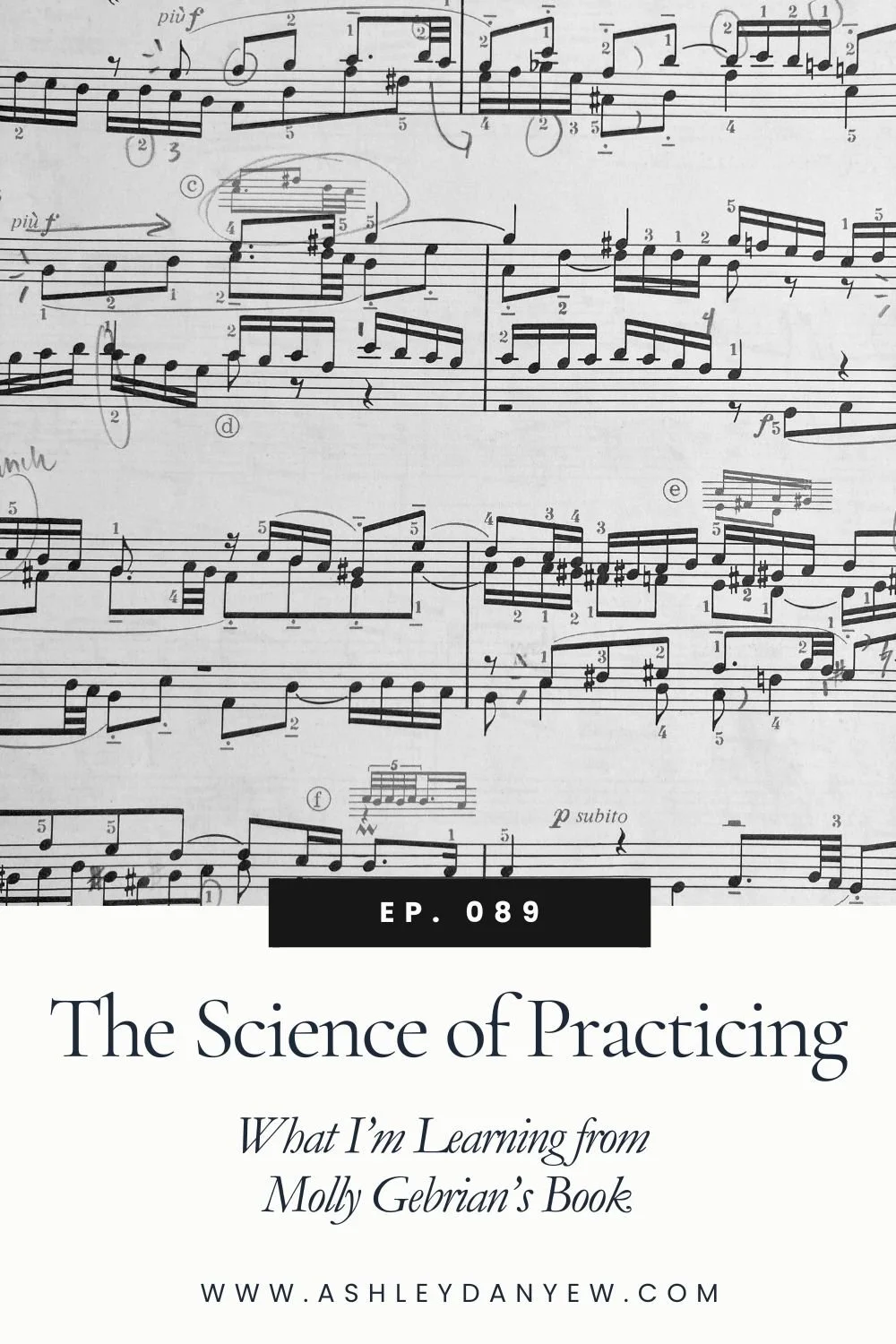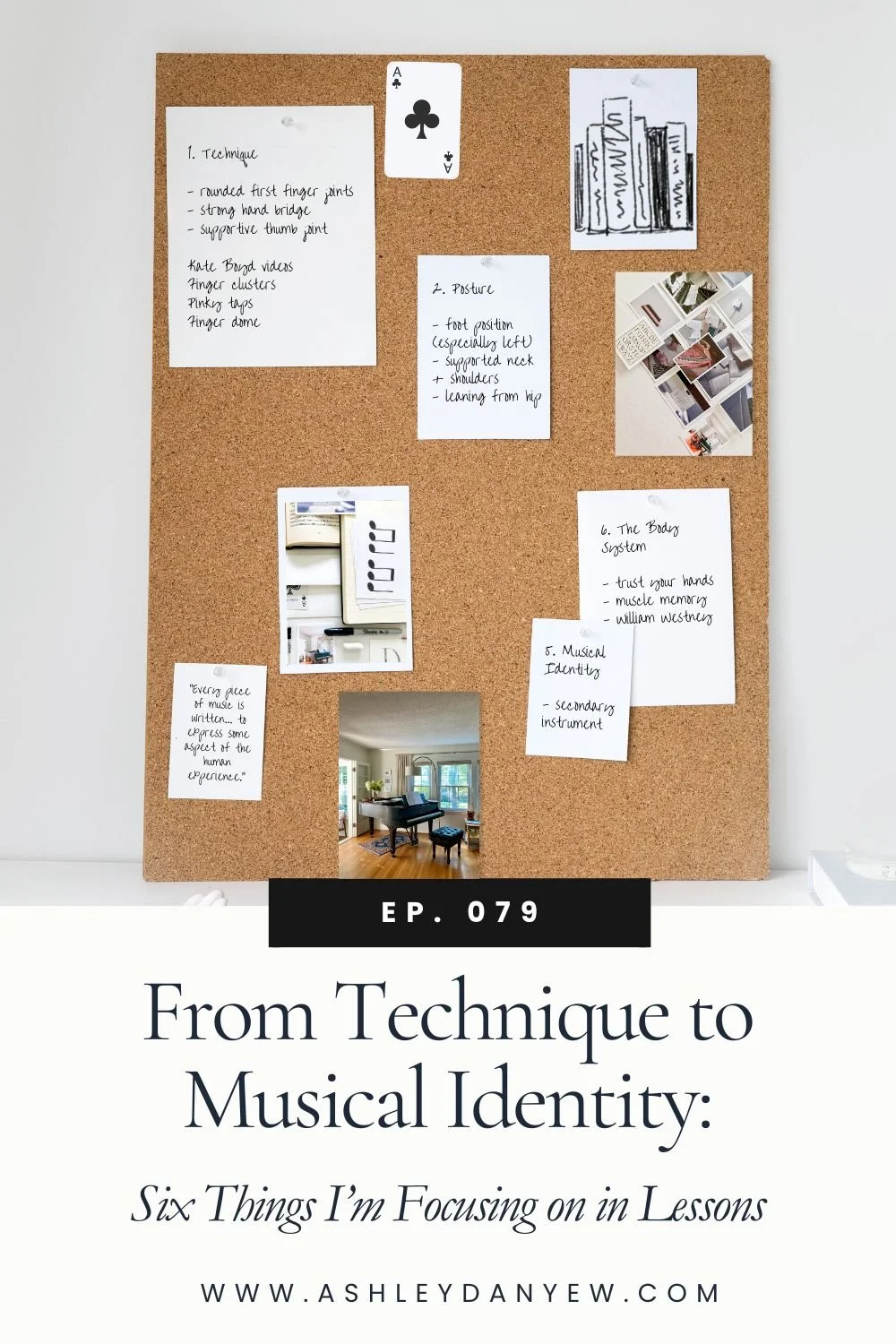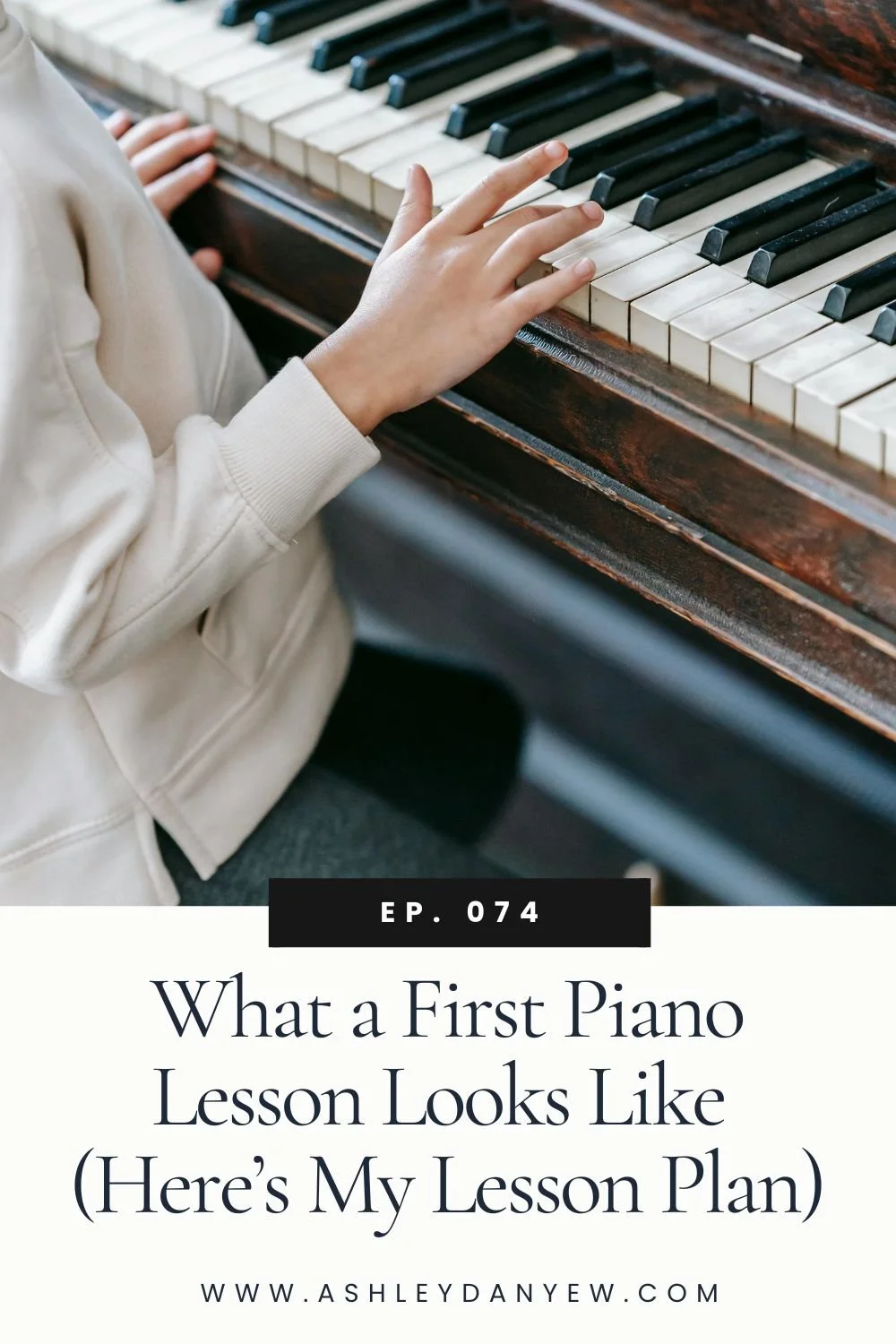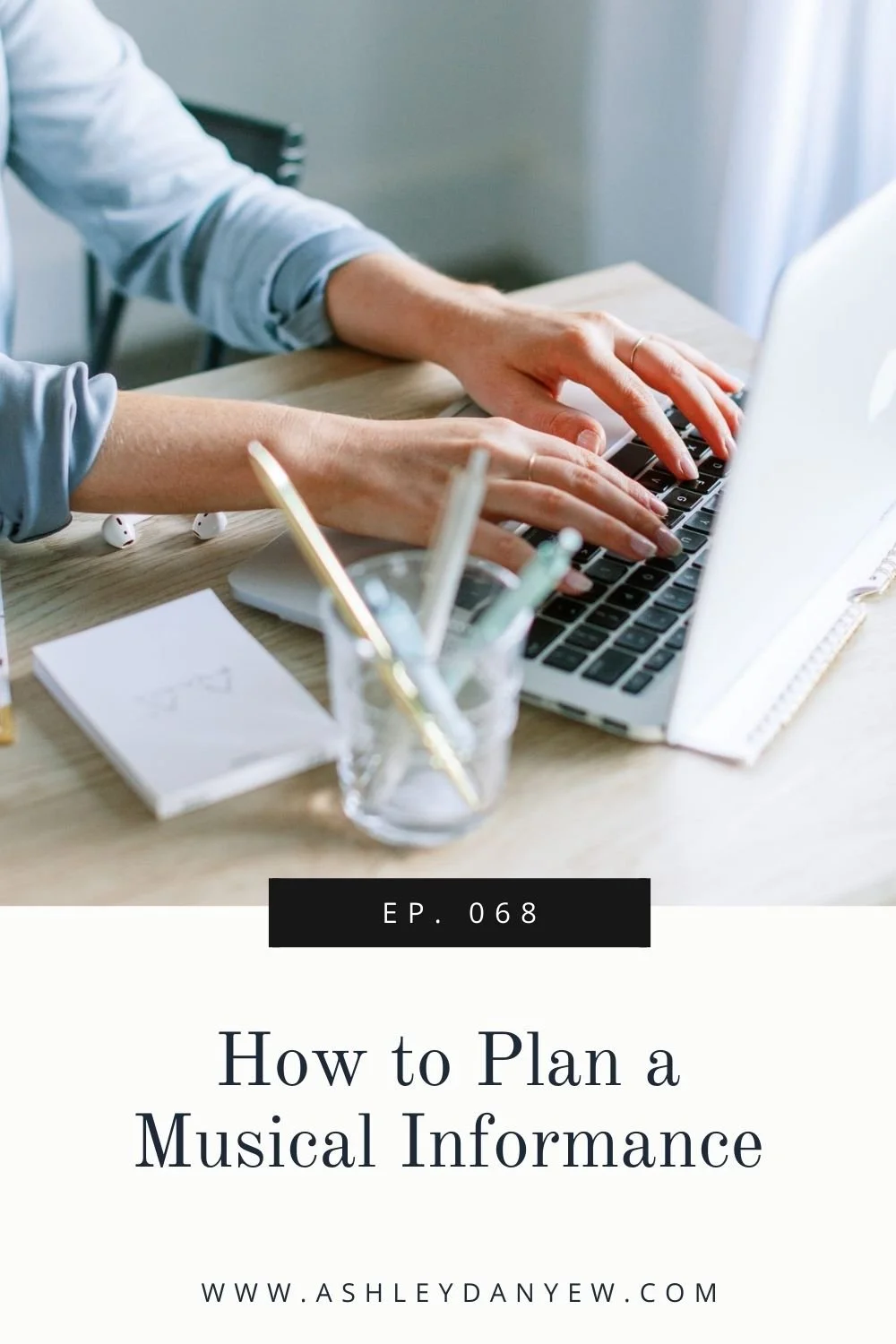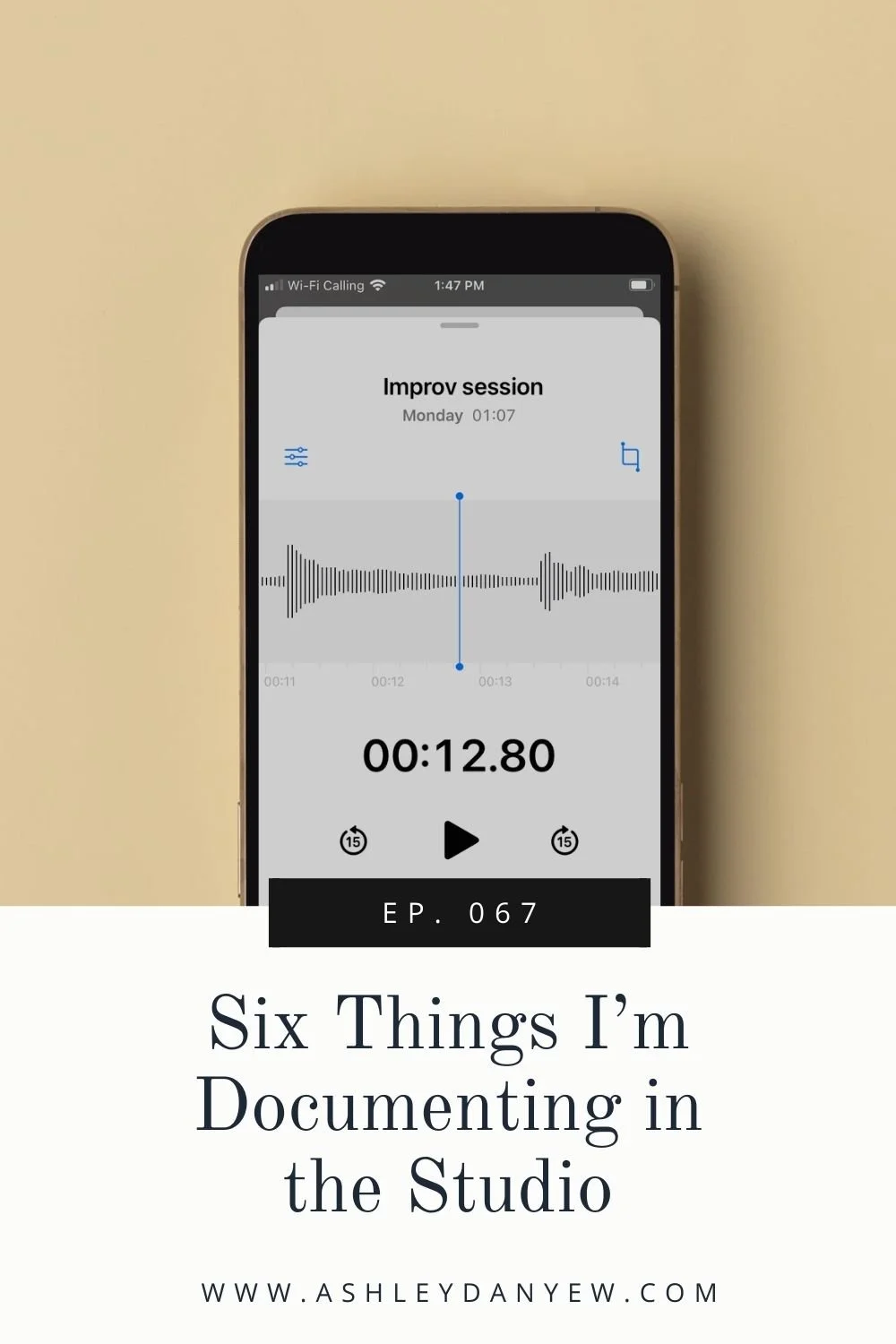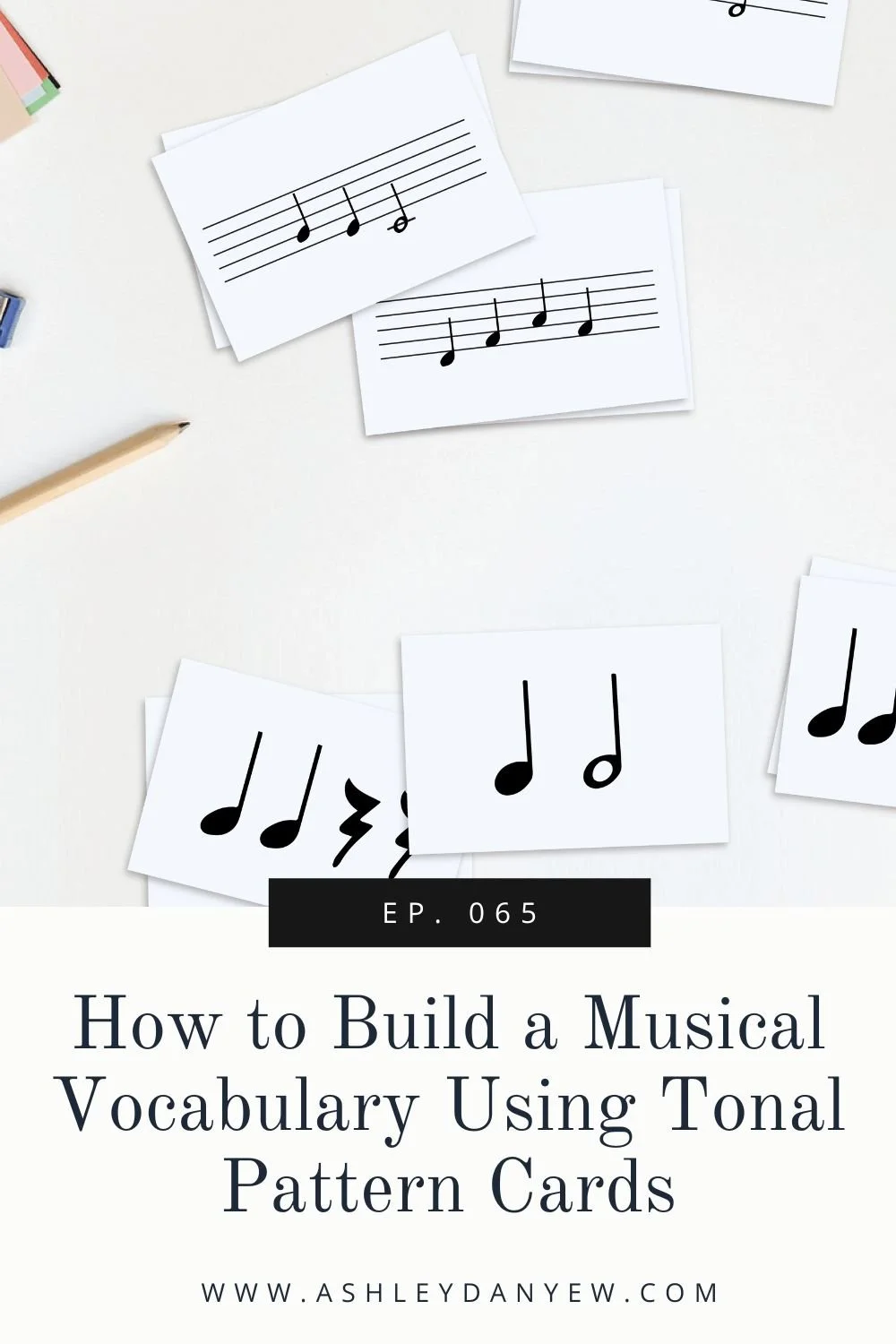Resources Mentioned
*Disclosure: I get commissions for purchases made through links in this post.
Scriabin’s 24 Préludes, Op. 11
Schoenberg’s Drei Klavierstücke (1894)
Ep. 060 - How Do We Approach Mistakes in Music Teaching & Learning?
A Piano Teacher’s Legacy (Richard Chronister)
Introducing Scriabin’s Op. 11, No. 1
"I found this piece that I'd like to learn," one of my high school students said to me in a lesson earlier this summer. He carefully laid out the pages of the score of Alexander Scriabin's Prelude in C Major, Op. 11, No. 1 that he'd downloaded from IMSLP.
"That's great," I said. "How did you find it?"
"I heard it on YouTube and I liked how it sounded so I looked up the sheet music," he said with a shrug. I was impressed not only that he was listening to classical piano music on his own time but that he discovered IMSLP on his own and took the initiative to download the score.
"I have a question about it, though," he said turning toward the score. "How do you count this?"
He pointed at the first line written in flowing quintuplets straddling the barlines. I leaned in to take a closer look. My student is very mathematically-minded, so we talked about how the beats are organized and divided into groups of 2+3. The way that it's notated in cut time creates tension—a feeling of pushing or transcending the boundaries to create something free and expressive.
Next, we studied the tonal structure, the repeated use of 4ths, moments of tension and resolution, the way the hands sweep in toward the center in contrary motion. We talked about the formal structure, the technical challenges inherent in the left-hand octave leaps and open arpeggios.
The more we analyzed the score together, the more intrigued I was to take it home and learn it myself. So I pulled up a copy of the same edition on my iPad that day and saved it to my forScore library for later.
Scott Price once said, "The teacher is always and forever the student and the student is the teacher.” What does this look like in practice? In this episode, I'm sharing a glimpse into a project I've been working on this summer and what it looks like to be a student again.
Scriabin’s Early Influences
In recent weeks, I've found myself going to the piano in the evenings to play through this new piece. The more I played it, the more it reminded me of Chopin.
I don't remember playing much Scriabin as a student—instead, I remember my teachers assigning Chopin, Ravel, Debussy, Bartok, and Schoenberg. I was curious to learn more.
My Chopin instinct was right.
I learned that before 1903, Scriabin was inspired and greatly influenced by the work of Frédéric Chopin. These early works are tonal (as compared to some of his later works, which bordered on atonality) and very much in the late-Romantic idiom (Source: The Influence of Chopin on Scriabin’s Early Works).
For reference, Prelude No. 1 was composed in 1895 in Moscow, just a year after Austrian composer Arnold Schoenberg wrote Drei Klavierstücke (the 1894 set of three piano pieces), which I played on my senior recital.
This led me to a recording of the Schoenberg pieces for comparison. Scriabin's Prelude does remind me of Schoenberg in some ways—the delicate melodic shapes and simple phrase structures, the rippling accompaniment figures, and the use of contrary motion between the hands, as heard in the third piece, "Presto." That being said, the Schoenberg pieces are definitely pushing the boundaries of the late-Romantic idiom whereas Scriabin still feels firmly planted at this point.
Music History Assignment
I asked my student to do a little research on Scriabin that first week and come back with three facts to share. At his next lesson, he told me he had done an extensive amount of reading and had a hard time narrowing down everything he learned to three findings.
One of the interesting facts he shared, though, was that Scriabin (like Messiaen, Rimsky-Korsokov, and other composers) was influenced by synaesthesia, a rare brain condition that creates the perception of sound as color. In the early 20th century, he explored this in his 5th Symphony, "Prometheus: The Poem of Fire." (Source: Synesthetic Perception: Alexander Scriabin’s Color Hearing)
Pedagogical Considerations
Meanwhile, I looked up a dissertation by Cully Bell on pedagogical considerations for Scriabin's Op. 11 and read about Prelude No. 1. The author writes:
"The right-hand part, often consisting of intervals of the fourth, does not lie comfortably under the hands. Fingering should be carefully determined in the right hand and should be practiced slowly and gracefully. The left hand is difficult, primarily due to the widely spaced writing. Most of the left-hand quintuplets can be grouped into hand positions. Many of these left-hand figures are impossible to play with finger legato, though pedaling can smooth over the shifts of hand position. The student should practice these figures in slow motion, avoiding accents when crossing or shifting hand positions." (Source: Scriabin's Preludes, Opus 11: A Pedagogical Guide)
I considered what advice I would give to my student (or students in general) as they worked on this piece. What practicing strategies would I suggest? Perhaps some hands-separate practice, practicing with irregular or uneven rhythm (as I mentioned in Ep. 060), memorizing the last section with the left-hand jumps.
Can I take my own advice?
I began looking for patterns, analyzing intervals in the quintuplet patterns—how things were structured, how they shifted. I experimented with fingering and shifts and what felt comfortable in the hand. I practiced one hand at a time. I practiced slowly.
Experiencing the Music-Learning Process As a Teacher
It's interesting to step back and study ourselves as learners, isn't it? To explore a new-to-us piece, analyze it, wonder and ask questions. To research and listen to recordings and look for similarities and differences and patterns.
How often do we put ourselves in a position to be a student again? To explore the learning process for ourselves? Richard Chronister once said, "The desire to learn remains with us throughout life; it does not take a teacher to inspire learning." (Source: A Piano Teacher’s Legacy)
Are we giving ourselves opportunities to feed this desire? To explore this side of our creative selves? To remind ourselves what it's like to learn and discover, to be curious and ask questions, to learn something new?
As teachers, much of our time is devoted to creating these opportunities for our students. As Richard Chronister noted:
"The teacher’s job is to fuel the natural desire to learn by creating study situations that stimulate the natural inquisitiveness of the child, and by providing a variety of follow-through activities that allow the learning to become a part of the child’s natural behavior." (Source: A Piano Teacher’s Legacy)
But taking time to step into these study situations ourselves, to stimulate our own natural inquisitiveness and desire to learn that was cultivated in us by our teachers is an important component of our work, I think. It connects us to the process. It helps us better relate to our students. It informs our teaching practice.
If you haven't done so recently, I encourage you to carve out some time in the coming months to be a student again. Study a new-to-you piece. Flip through your music history textbooks and learn about a new composer and what influenced their writing. Study their contemporaries and listen to recordings. Let yourself be curious. Ask questions, test out practice techniques, and give yourself the gift of learning something new.
Conclusion
Have you studied any of the preludes in Scriabin’s Op. 11, particularly No. 1? Have you ever had this happen, where a student brings in a piece of music that’s new to you? What was the last piece you took the time to study, analyze, and learn for yourself? I’d love to hear from you. Let me know in the comments or reach out to me on Instagram.
Sources:
Bell, C. (2012). Scriabin's preludes, opus 11: A pedagogical guide. Doctoral dissertation.
Chronister, R., Darling, E. (Ed.). (2005). A Piano Teacher’s Legacy: Selected Writings by Richard Chronister. https://doi.org/10.1604/9780913277348
Lee, T. (2021). The Influence of Chopin on Scriabin’s Early Works: Études, Op. 8, No. 11 and 12, Second Sonata, Op. 19, and Fantasy, Op. 28. University of Kansas ProQuest Dissertations Publishing. doi: 28721549.
Peacock, K. (1985). Synesthetic Perception: Alexander Scriabin’s Color Hearing. Music Perception: An Interdisciplinary Journal, 2(4), 483–505. https://doi.org/10.2307/40285315





